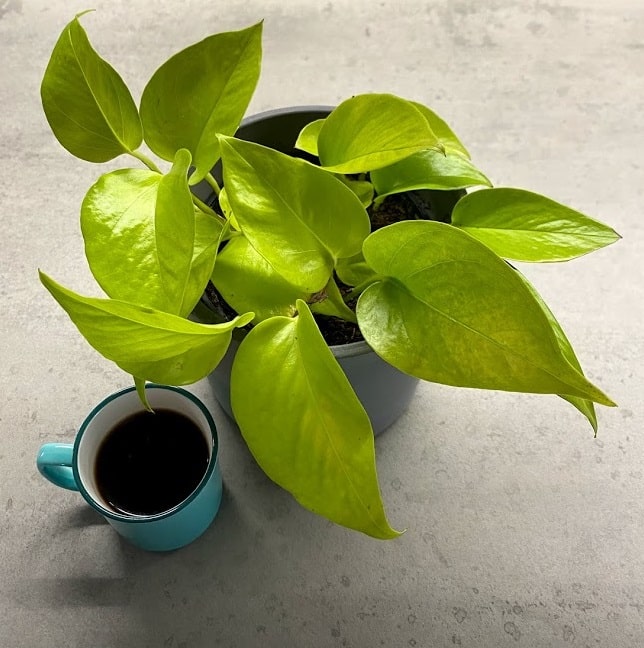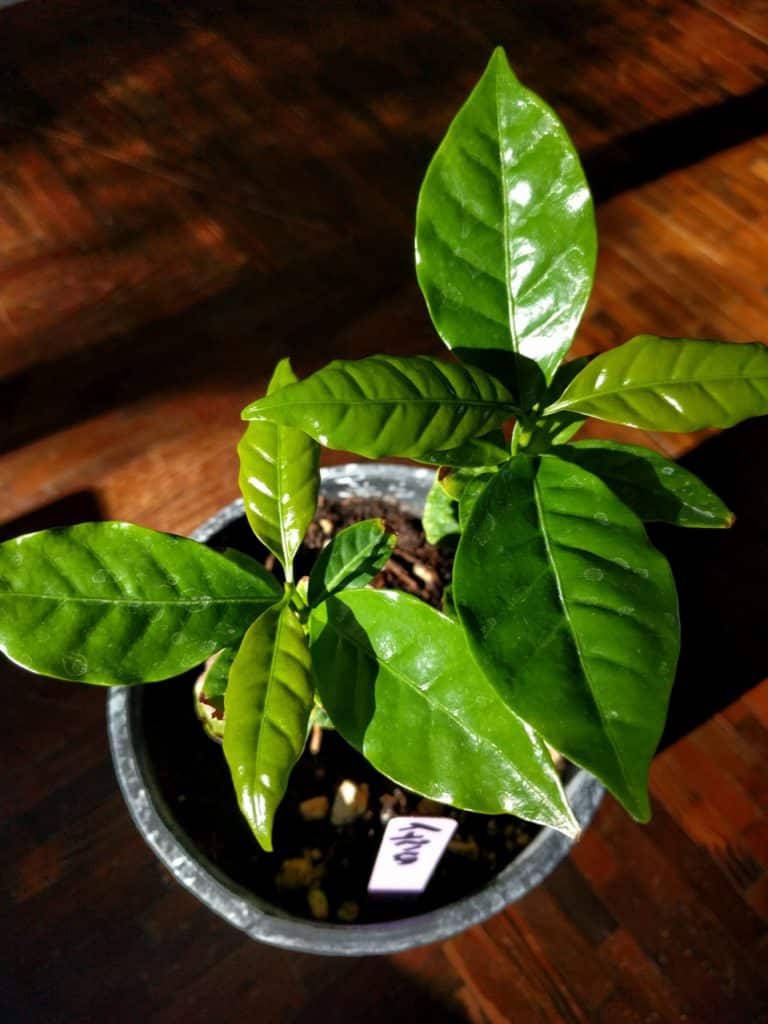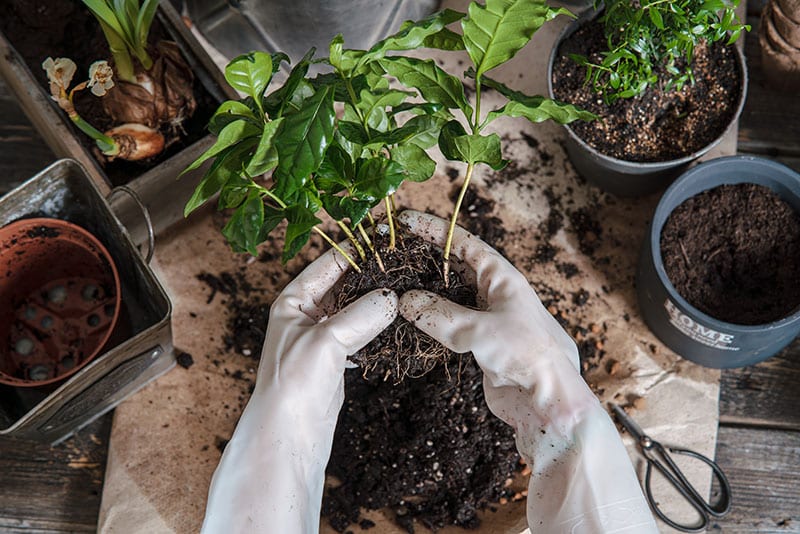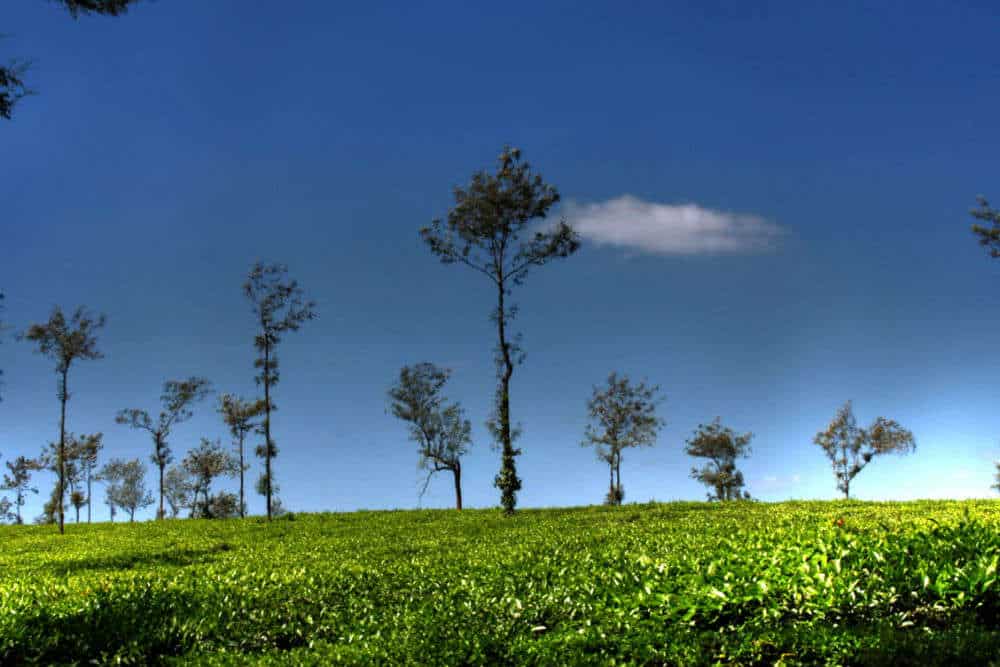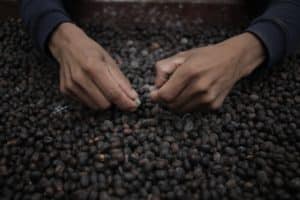
If you love the taste of coffee and have always wondered where it came from, then you’re in luck! There are legends of a coffee plantation in Indonesia and a Dutch coffee plantation in Central and South America.
Origins
Coffee has a long and complicated history. Its modern history is rich with innovation and large-scale commercialization. It is also a product of colonialism and racism.
Coffee is a beverage derived from a tree that originated in Africa. In the early 16th century, it was traded through the Middle East. In the mid-17th century, it reached India. Then it traveled to Asia, South America and Europe. It was a major crop in the industrial west in the nineteenth century. However, its success was largely dependent on slave labor. In the twentieth century, its exports benefited rich nations.
In the late 1600s, Dutch traders brought coffee plants to Indonesia. They planted them in mountain highlands and other tropical forests. The Dutch East India Company developed coffee plantations in Indonesia and Sumatra. The Dutch were able to supply Europe with Java coffee by 1719.
In the late eighteenth century, European colonizers were able to take coffee to the Americas. The Dutch created the first successful coffee plantation in Indonesia. This was in the colony of Java. In the 18th century, coffee was also grown in other parts of the Sunda islands.
In the nineteenth century, coffee fueled the industrial working class in western Europe. It also became a staple of agricultural economies in Latin America. Global capital was concerned about social unrest in the coffee producing countries, so it regulated the price of the drink.
By the end of the 19th century, coffee was a cash crop in nominally independent nations. It was also an important source of income for the world’s most wealthy nations. The global capital was also interested in regulating the coffee price to keep coffee-producing nations from going broke.
Amid the craze for coffee, some Africans were enslaved by Europeans. This caused an enormous displacement of indigenous people. This led to a lot of bloody uprisings and coups. Then, in 1888, Brazil made slavery illegal.
In 1711, the Dutch Colonial Government launched major commercial exports. This was followed by an increase in the production of coffee on various Caribbean islands. As coffee spread across the islands, it began to become a source of wealth for many new nations.
Dutch coffee plantation in Central and South America
One of the first coffee plantations in the Caribbean was in Haiti. This was followed by a Dutch colony of Suriname in 1718. The Marienbosch coffee plantation in Suriname is composed of rows of trees with neatly-arranged buildings.
Today, Latin America produces about 60% of the world’s coffee supply. The region has ideal temperatures and rain, which are essential for its coffee production. It is also rich in soils.
Coffee production is driven by fluctuations in prices and local and global demand. However, production is affected by climatic events and pest and disease outbreaks. In addition, there is a growing concern that the production of coffee may be damaging the remaining forest cover. It has been estimated that climate change will reduce the available areas for coffee cultivation in Latin America.
The coffee plant spread rapidly from Europe to Central and South America. In fact, coffee was probably introduced to the West Indies before the arrival of de Clieu. Traders may have brought coffee from India before the Portuguese arrived.
Historically, coffee production has been a response to climatic events and market supply. But neoliberal policies, such as the opening up of coffee agro-forestry to intensive coffee production and greater use of agrochemicals, have led to a rapid intensification of the landscape.
With the decline of prices and the conversion of coffee fields to other land uses, farmers are abandoning the coffee industry. Some have even turned to illegal crops, such as coca leaf.
The coffee industry is making concerted efforts to restore production. However, some of the key drivers of the landscape change are still unknown. Moreover, little information is available on how these changes have affected the socioeconomic sustainability of coffee-producing communities.
As the coffee industry plays a vital role in improving farmer livelihoods and tackling climate change, it is important to understand how changes in the landscape are affecting the sustainability of coffee-producing communities. But the lack of detailed information makes it difficult to tell which trajectories are beneficial.
A growing body of research has shown that the landscapes of Latin American coffee-growing areas are overlapping with biodiversity hotspots. Similarly, there are also increasing instances of urbanization in coffee-growing regions. Consequently, it is crucial to protect these regions from the effects of climate change.
Dutch coffee plantation in Indonesia
Indonesia is one of the world’s oldest coffee producing countries. Its rich history and diversity are fascinating. Its climate is humid, but the islands have perfect growing conditions. Since the early 1700s, coffee has been commercially traded from Java to Europe.
The Dutch East India Company was the first to export coffee to Europe from Java. The coffee trade thrived in the Netherlands. The Netherlands eventually became the largest exporter of coffee in the world. In the early 1700s, Dutch colonists planted Arabica coffee on Java and neighboring islands. These plantations later spread to other Indonesian islands.
By the 19th century, the Netherlands had become the world’s coffee trading hub. Traders hoped to preserve their coffee monopoly. To this end, they brought in disease-resistant Coffea robusta to replace the more common Arabica. They also smuggled over Yemen coffee seeds. During the early 1800s, coffee plantations began to grow in the eastern region of the archipelago. During the late 1880s, coffee rust decimated the Indonesian coffee industry. The Dutch had to rely on a disease-resistant Robusta variety to replant their plantations.
The Dutch colonial regime caused significant damage to the indigenous people of Indonesia. The Dutch forced the local people to plant commercial plants, as well as produce sugar, indigo and tobacco. They also forced the locals to pay a stipend for processing coffee.
The Dutch brought Arabica and Liberica, but the rust-resistant Robusta became the predominant variety. By the middle of the nineteenth century, Java was the world’s largest coffee producer. Its coffee was mainly exported to Europe. In the late 1920s, small landholders dominated most of the nation’s coffee crop. The government’s nationalization of foreign-held plantations in 1945 provided a boost to the small growers.
The coffee industry in Indonesia has a long history of innovation. Today, farmers are using technology to revive old plantations, as well as increase production. They are targeting to reach 900,000 to 1.2 million tons of coffee per year by the end of the decade.
Coffee is now an important cash crop in Indonesia. Although it is still a small percentage of the country’s overall output, it is expected to increase in quality in the years to come. Most of the coffee in Indonesia is produced by cooperatives and small landholders.
Legends of coffee plantation
Many people know of the legend of Kaldi and his goats, but there are many other origin stories. Coffee has a very interesting history, and the modern history of this plant is filled with scientific innovation and large scale commercialization. A good deal of knowledge about coffee is obtained from the Sufi monasteries in Yemen.
The first explorer to cultivate coffee is said to have been a goat herder named Kaldi. This story coincides with the commonly held belief that Ethiopian coffee cultivation began in the 9th century. However, historians are unclear about the exact date. Most accounts place it at about 850. The goat herder gathered red berries from a coffee shrub, but the exact origin of the fruit is still a mystery.
In the 16th century, merchants from the Ottoman Empire were bringing coffee plants to the Arabian Peninsula. They also brought it to Egypt and Syria. After these efforts, a ship from the Netherlands brought the plants to Sri Lanka in 1616. The Dutch continued to import coffee plants. The plants were then transported to Central America and the Caribbean.
The first European-owned coffee plantation was in Sri Lanka in 1616. A few Yemenite coffee plants were also planted in Amsterdam botanical gardens. The Dutch were determined to get the plants, even if it meant continuing to import from their neighbors. In the late 1600s, the Dutch finally grew their own coffee plantation in Indonesia.
The coffee plant became the world’s most popular export crop in the 18th century. Many nations began to grow coffee, and fortunes were made on the coffee economy. The coffee economy also involved the exploitation of indigenous people. The harsh conditions, coupled with bloody suppressions of peasants, led to several uprisings.
In the early 18th century, the Dutch settled in Java, Indonesia and created a successful coffee plantation. This was the first coffee production outside of the Middle East. In addition to coffee’s cultivation, it became an important source of energy for long journeys. It is a natural stimulant and acts as a plant pesticide.
The earliest coffee exports to Europe occurred in 1719. A Dutchman may have been jealous of the Batavian trade.

